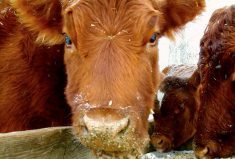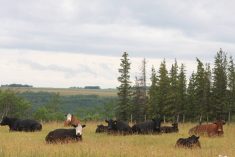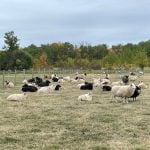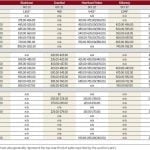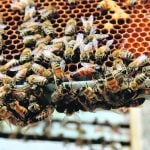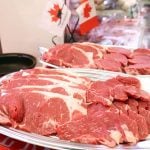Fed cattle in Alberta were trading at $191 this past week, which set a positive tone in the feeder complex.
Across the Prairies, heavier quality replacements over 700 pounds posted gains of $2 to $4 while lighter-weight cattle were $3 to $5 higher compared to seven days earlier.
Feedlot margins improved with break-even pen closeouts in the range of $180-$183, so there appeared to be renewed buying enthusiasm. Warmer temperatures and favourable forecasts for the major feeding regions of Alberta and Saskatchewan have lowered the risk on fresh feedlot entries. Feedlots experienced optimal gains this past winter and it looks like this environment will continue.
Read Also

U.S. grains: Soy futures set 15-month high after China agrees to purchases
U.S. soybean futures reached a 15-month high on Thursday after President Donald Trump’s administration said top-importer China agreed to buy tens of millions of tons of American crops in the next few years as part of a trade truce.
Finishing operations were once again aggressively buying backgrounded cattle direct off the farm. A mixed group of 100 heifers weighing just over 800 lbs. with no special features traded at $237 direct in southern Alberta. An auction market in east-central Alberta reported a smaller group of exotic heifers averaging 800 lbs. traded for $224. If feedlot managers know how the animal was fed in the previous 100 days, they were willing to bid accordingly.
Grass cattle experienced notable gains, especially in the major cow-calf regions of Saskatchewan. Quality steers in the 500- to 550-pound category averaged $323 in southern Saskatchewan but traded as high as $353. Feedlot orders were limited for these lighter calves but there was no shortage of buying interest from the farmer/cattle producer. In northern Alberta, a small group of Charolais-cross steers weighing just over 550 lbs. sold for $320.
Wholesale beef prices edged higher, which may result in stronger demand over the next month. Fed cattle prices usually make seasonal highs in late March, so the feeder market should be well supported over the next month. Consumers in Eastern Canada have been hibernating with ongoing winter storms; however, beef consumption should improve due to springlike conditions in the foresight.
– Jerry Klassen is a commodity market analyst in Winnipeg and maintains an interest in the family feedlot in southern Alberta. He writes an in-depth biweekly commentary, Canadian Feedlot and Cattle Market Analysis, for feedlot operators in Canada. He can be reached by email at [email protected] for questions or comments.






